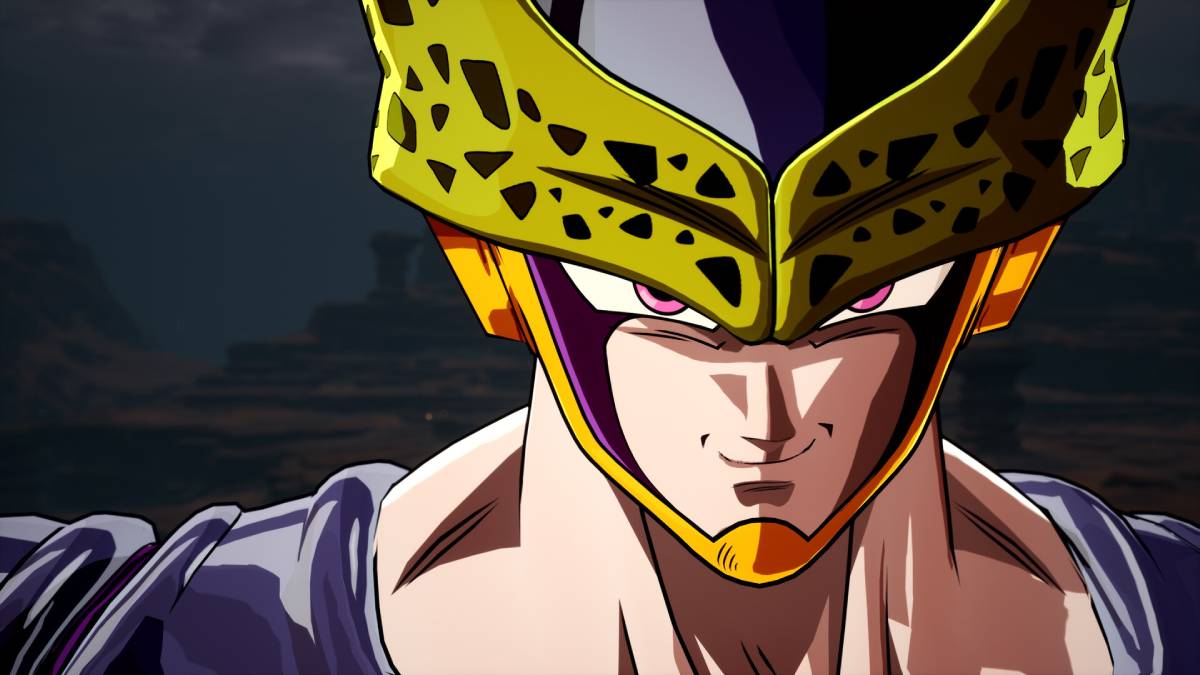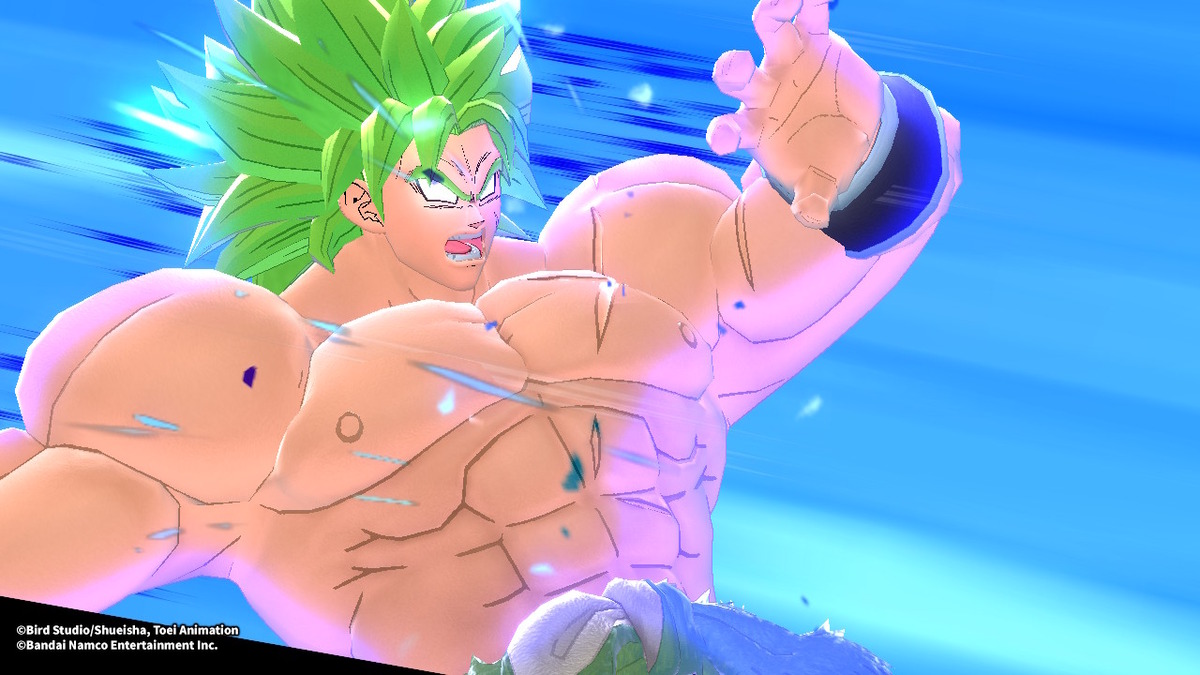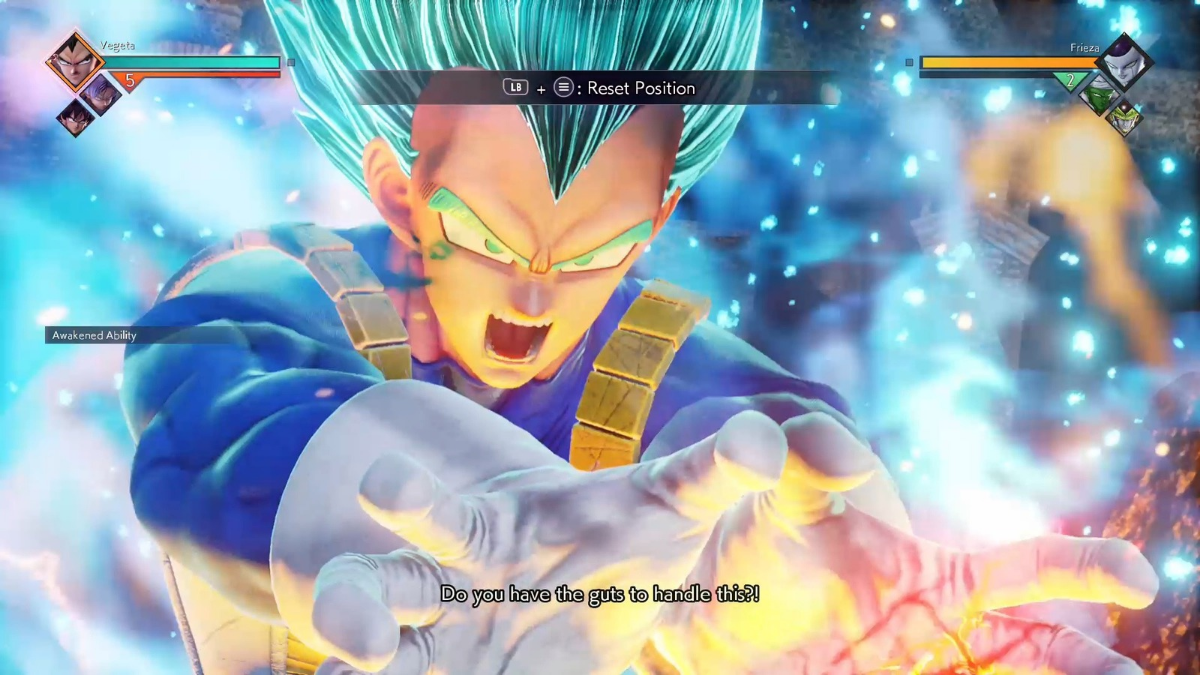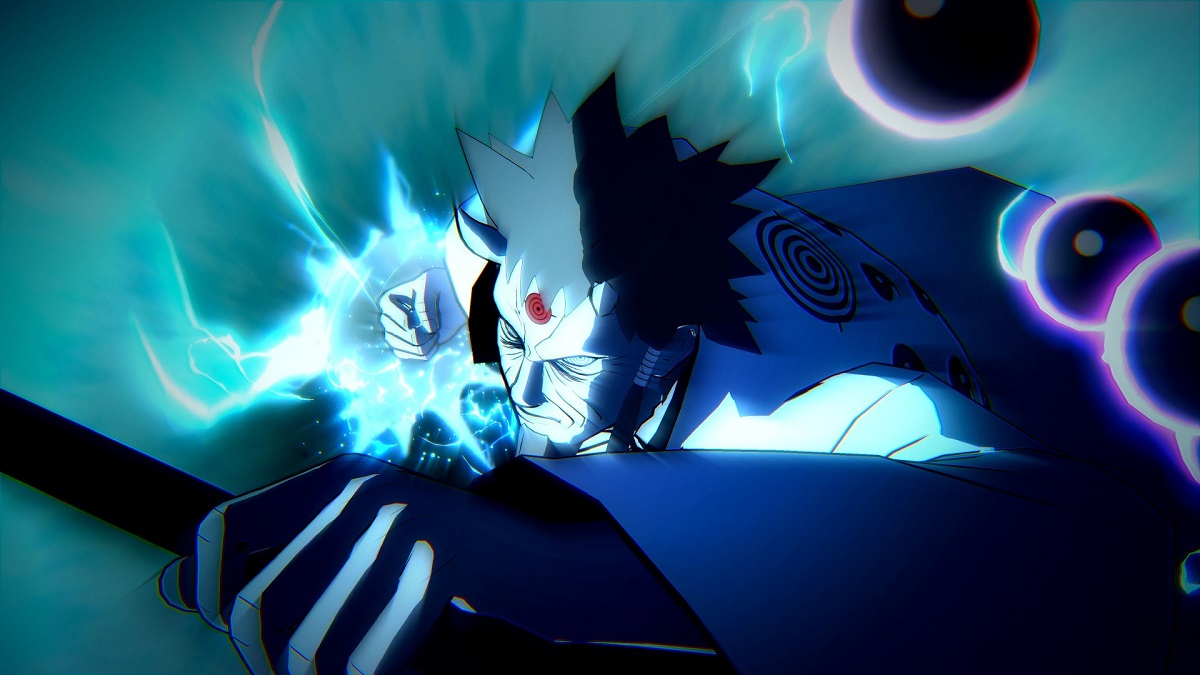We learned at Summer Game Fest 2024 that Dragon Ball Sparking Zero will appear worldwide on October 11, 2024. The much-anticipated Dragon Ball title revives high-impact 3D brawler style of the Dragon Ball Z: Budokai Tenkaichi series. However, that is exactly why I’m not excited about Dragon Ball Sparking Zero.
Anime-licensed games from Bandai Namco can hit or miss. Some of their more recently published titles, like Jujutsu Kaisen: Cursed Clash, came out to less than stellar reviews. It isn’t only Jujutsu Kaisen, though, as One Punch Man: A Hero Nobody Knows, Jump Force, Naruto X Boruto Ultimate Ninja Storm Connections, and other titles have also suffered similar fates in the last decade.

Every title I’ve mentioned so far is also an arena fighter. Arena fighters have been Bandai Namco’s bread-and-butter, so to speak, such as Dragon Ball Z: Budokai Tenkaichi (Dragon Ball Z: Sparking) for the PlayStation 2. There is nothing inherently wrong with arena fighters! The sub-genre of fighting games can provide simple combat for those who do not wish to dive into more intricate fighters and be accessible. When done right, those types of games can be rewarding and have depth. However, there can be a delicate balance between a game that is easily accessible for fans of the anime itself, and one that can also be a solid experience for people of all experience levels. You want a game more like Dragon Ball Z: Budokai 3 than One Punch Man: A Hero Nobody Knows, for example.
The issue that comes to mind when talking about Bandai Namco’s arena fighters is the frequency of release. Fans speculated that the company may need to release a game once a fiscal year to keep the licenses for certain anime franchises. As someone who plays a lot of the company’s anime games, it would be easy to believe this. Since 2002, Bandai has published at least one Dragon Ball game worldwide per year. Recently, the gap between releases of Dragon Ball games has extended to two years.

The release window between Dragon Ball Z: Kakarot in 2020 and Dragon Ball: The Breakers in 2022 was the longest we’ve gone without a game inspired by the series since 1997. The tight releases between Dragon Ball games and other Bandai Namco arena fighters create this sense of homogeneity among the titles. It also doesn’t help that the company goes to the same four developers for most of these releases.
CyberConnect2, Dimps, and Spike Chunsoft have been delivering anime games for Bandai Namco for decades. Byking, while not recently established (est. 2008), was added to the anime game rotation with the aforementioned Jujutsu Kaisen: Cursed Clash and various My Hero Academia games. Bandai Namco working with CyberConnect2 makes sense, as the developer brought them the anime brawler golden goose in Naruto Ultimate Ninja Storm. It, among others, owns a share of Dimps, so enlisting that studio as a developer is logical. It also developed earlier Dragon Ball: Budokai Tenkaichi entries. Byking is new to developing games for Bandai, and I think they need more time to become the studio that anime fans want.

Spike Chunsoft, on the other hand, doesn’t make sense to me. It’s made some amazing games like Ai: The Somnium Files, Shiren the Wanderer, and Danganronpa. With those titles alone, it may earned the benefit of the doubt from players. However, fans didn’t react well to its recent licensed game endeavors. One Punch Man: A Hero Nobody Knows, One Piece: Burning Blood, and Jump Force were all critically panned for similar reasons such as being another generic arena fighter.
This is especially true for Jump Force and One Piece: Burning Blood in particular. Both titles play almost identically from a core gameplay perspective. Combat structures and certain mechanics are shared between the two, like flipping out when combos get too long. Of course, each game has some mechanics that are unique to them. One Piece: Burning Blood has the Haki and Devil Fruit system because those are huge parts of the One Piece world. Jump Force has a dash system that attempts to accommodate every franchise included in the game. Because the core gameplay mechanics are the same, those differences don’t do enough to make them feel like separate games.

This is concern with Dragon Ball Sparking Zero. I don’t want to play another Spike Chunsoft arena fighter given its recent track record. Its anime-licensed games are broken in some capacity at launch. I’m not talking about “broken” in the way of characters are unbalanced. Some past Budokai Tenkaichi games have been that way, and it doesn’t bother me. By “broken,” I mean characters floating out of cutscenes, mechanics not working, online matchmaking being unplayable, and unfinished features.
While these issues can be indicative of Spike Chunsoft as the developer, Bandai Namco can play a part too as the publisher. Like other publishers in the AAA gaming space, there are times it releases games with issues with the promise of patches coming later. A recent example would be Naruto x Boruto Ultimate Ninja Storm Connections. It came out on November 16, 2023, but without the ability to invite your friends to matches online. The game went without it until a February 2024 update. I fear that Dragon Ball: Sparking Zero will launch with something going terribly wrong.

Graphically, I worry that is already happening. Dragon Ball: Sparking Zero’s graphical style looks okay. That is the best way I can put it. The environments on the open stages look amazing, especially as the destruction tears them apart. I cannot say the same for the character models in the early videos. Something about them feels off. I can’t quite put my finger on it. It’s clear Spike Chunsoft is trying to mimic the Nashiro Shintani art style from Dragon Ball Super: Broly. With the color palette chosen, it fits his art direction well. But it seems the character models don’t mesh well with it in early footage.
On March 30, 2024, Bandai Namco released the “Fused Warriors” trailer showcasing the fusion fighters in the launch roster. One of the characters shown was Kelfa. Her design best explains what I’m trying to convey. The shading on her character model looks all right, but the model looks wrong when she is Super Saiyan 2. Kefla, in the anime, is a very toned character. In the Dragon Ball: Sparking Zero trailer, her character model looks as if they took their Caulifla model, drew on some abs, and swapped out the clothes. If you compare that to her character model in Dragon Ball Fighterz, there’s no contest in which one is best.
After examining the Kefla model in Dragon Ball Xenoverse 2, which released in 2016, I noticed that her muscles in that game are also toned. Some Dragon Ball fans criticized the character models when retrospectively looking at Xenoverse 2, pointing out that Dragon Ball FighterZ models mimicked the anime well in comparison. If the early footage of the models can’t outshine a game that released eight years prior, there might be an issue. As I said before, I do think the shading looks better and may all the heavy lifting though. I know there are going to be 164 characters at launch, so detailing each character might be overwhelming for Spike Chunsoft. (Even if a large majority of those characters are going to be variations of Goku, Vegeta, and other Saiyans.)
Don’t misconstrue what I’m saying. Some of the features shown in the Dragon Ball Sparking Zero release date trailer look intriguing. The ability to make your own Dragon Ball what-if stories sounds awesome. While it will have a lot of reused moves, I’m sure fans will be happy to get to play as their favorite characters. Bandai Namco typically treats the Dragon Ball series with respect. Given what it is, I think Dragon Ball Sparking Zero will have a long lifespan. I just don’t think the game will be for me, even as a massive fan.
Dragon Ball Sparking Zero will be available on the PlayStation 5, Xbox Series X, and PC on October 11, 2024.


Published: Jun 22, 2024 09:00 am